I have a Master’s in Lactation Science, so I know what I am talking about when it comes to all things breast:
1) Breastfeeding does not make breasts sag. Pregnancy and genetics cause the lost of elastic tissue, which causes sagging, NOT breastfeeding. If you didn’t nurse your children [i.e. if you just fed them formula] you would be just as saggy. Also, women with larger breasts to start out with sag more. It’s simple physics. I have worked with women who have NEVER been pregnant and induced lactation, for adopted babies, and we see NO sagging in them, especially if they don’t lose a lot of weight. They were never pregnant, so the fibrin which causes the breast to be “perky” was never lost, as it is in pregnancy. Lactation has no effect on the fibrin in the breast, or the eventual glandular structure size. In some women the glands grow slightly, and stay that way (usually in younger women and those with very small breasts), but we are talking about milligrams of weight, not enough to cause a breast to “sag.” (In fact the breasts are not considered completely developed until AFTER a full course of breastfeeding.) Breastfeeding is what the breasts were MEANT to do. It does not cause damage, size change (permanent), or sagging. However, pregnancy, genetics and improper weaning techniques [i.e. cold turkey instead of gradual] can cause these three.
2) If a woman lies down, and her breasts stay at “attention” (meaning they are still pointing up, firm, and look as though she is standing), chances are they are implants. REAL breasts obey gravity and fall to the side, as the woman lies down. Not many real women have cleavage while lying on their backs. Lying down cleavage is a good sign of “something” in the breast.
3) The hard, nearly untouchable implanted breast one poster touched (I am guessing a lot more than ONE poster has run into one of these) is not a “cheap” one. This is the result of “encapsulation.” The body doesn’t like the invasion of the implant, and makes a scar tissue “capsule” around the breast. The breast then feels like a stone under skin. No telling who will encapsulate, but it is VERY common; most women who get implants will encapsulate eventually. The implant does not have to “rupture” at all, the immune system causes the encapsulation. It can and does occur in otherwise completely intact implants. And, it can hurt, a LOT. No cure for it. Some get relief when the implants are removed (especially if the surgeon removes the scar tissue also) but sometimes it stays.
— Madamoiselle L, commenting on the post “Wise Guys: What’s the Deal with Fake Boobs?”




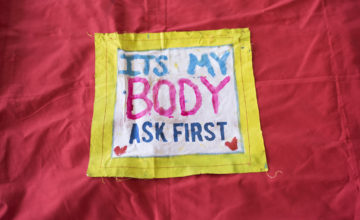
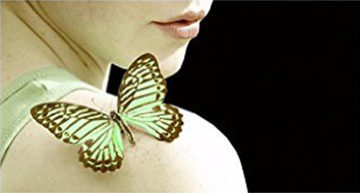

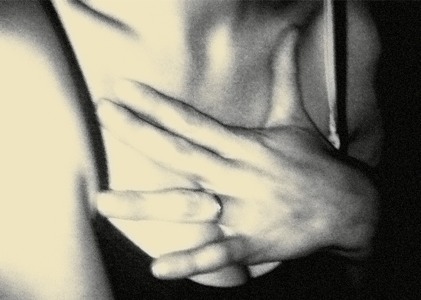

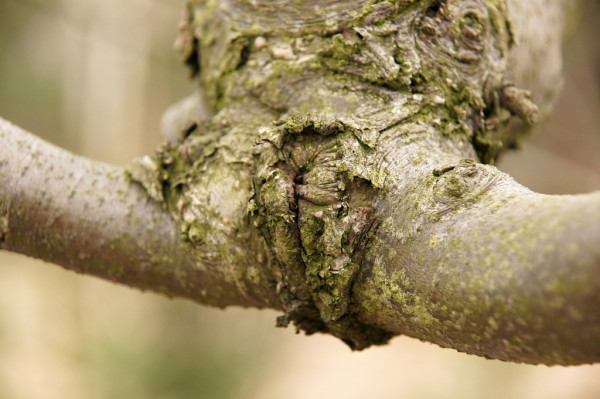
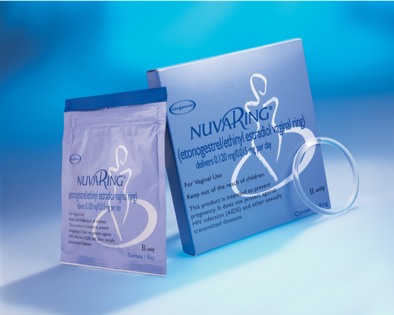
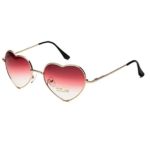
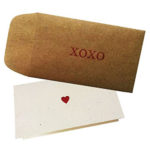
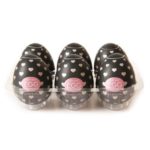
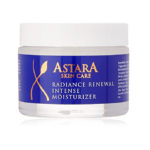



Thanks, keh.
I have seen patients, though, who didn’t need a “re” implant, when the original was removed. But usually those women didn’t have large implants to start out with (usually no more than a cup or a cup + size implant) the implants were relatively new, and they had not encapsulated or formed scar tissue or ruptured.
Saline causes MUCH less damage to the breast when it ruptures, as the saline is simply absorbed. Although Silicone is inert and will NOT cause any illness, even in the event of rupture, it can migrate around, and can cause difficulty in removal, and often not all can be removed.
I’ve seen some really strange looking breasts “post removal” and some which look OK. (Usually the removal of stretch marks and any “sagging” is taken care of during the removal process.)
One sad thing, I have had several patients who wanted their implants removed and were told by the surgeon “You’d better ask your husband how he feels before you do that.” Jeez. It’s HER body.
As for Pam Anderson, I have NO idea what resides under the skin or muscle of her chest wall…….I’d like to keep it that way. 🙂
Amen to Madamoiselle L. Exactly. I hope you decide to put your exact same posts out there, such as in a magazine or newspaper, whenever the occasion should arise.
I agree with all of what you have said, but to specifically agree to one thing in particular: encapsulation of implants DOES occur pretty much all of the time – eventually. With many or most people it happens pretty early on even. Also, a lot of the time the implants cannot be removed without serious negative consequences to how the breast looks post removal. So often people have to get new ones in…in other words once you get them you’re pretty much stuck with having to live with implants – whether the original ones or replacement ones – for life if you don’t want to look even more freakish. People like Pamela Anderson lying about how she got hers removed? Lies. Can’t be removed without a replacement put in place and still have them look good right after like she claimed and “showed off”….they just were brand new, and a more modern/natural shape/version, and she no doubt required nips and tucks to make them look unstretched from the larger ones she had before. She downsized in other words, but they were still there and she would have required nips and tucks to deal with things like lose skin. Of course as time went on she ended up getting again another set or two and looking the way she did before – very artificial (she should have stuck with the one job where she told people she had them removed and had no implants – they were a definite improvement on her typical look).
So think twice before getting them folks. I at one time considered it thanks to a man (he didn’t flat out say he wanted them bigger but it was very very clear), and I changed my mind once I found out that you have to have implants for good so that you don’t look horrible if you change your mind and remove them.
Plus hearing about the pain. Terribly painful to live with. Turned me right off and I thank God every day. I also thank God I had the strength to stand up for myself against that selfish man.
I also want to say I may have misused the word “fibrin.” I was typing quickly and thinking of “elastic, fibrous tissue.”
I think “elastic tissue” would have been a better term than “fibrin.” Now that I read it, it doesn’t look right. Medically, “fibrin” is a completely different term.
Sorry. I need to proofread better.
“Breaking” the encapsulation is not only painful, but it can rupture the implant, cause more scar tissue, and even cause serious infection. I wouldn’t recommend it.
Actually, the way cosmetic surgeons “break” the encapsulation was to lie the woman flat on her back, than one fist, place in on her breast, take the other hand and place it over the fist and PUSH like hell, often with the twisting motion you have heard about. I’ve been present when it was done to several women.
There was screaming……..lots of screaming.
This was many years ago, and ANY surgeon who would want to “break” an encapsulation manually, NOW after what we know should be fired. RUN do not walk from a cosmetic surgeon who wants to do this to YOUR breast.
Hey, what you want to do to your body is your business. But, please don’t downplay the seriousness or the complications of placing foreign object in a place IN YOUR BODY where it doesn’t belong.
I’m not so sure that what Mlle L says about encapsulation is accurate. I read a long time ago that it can be treated by the surgeon by manipulation, i.e., a sharp twisting of the breast.